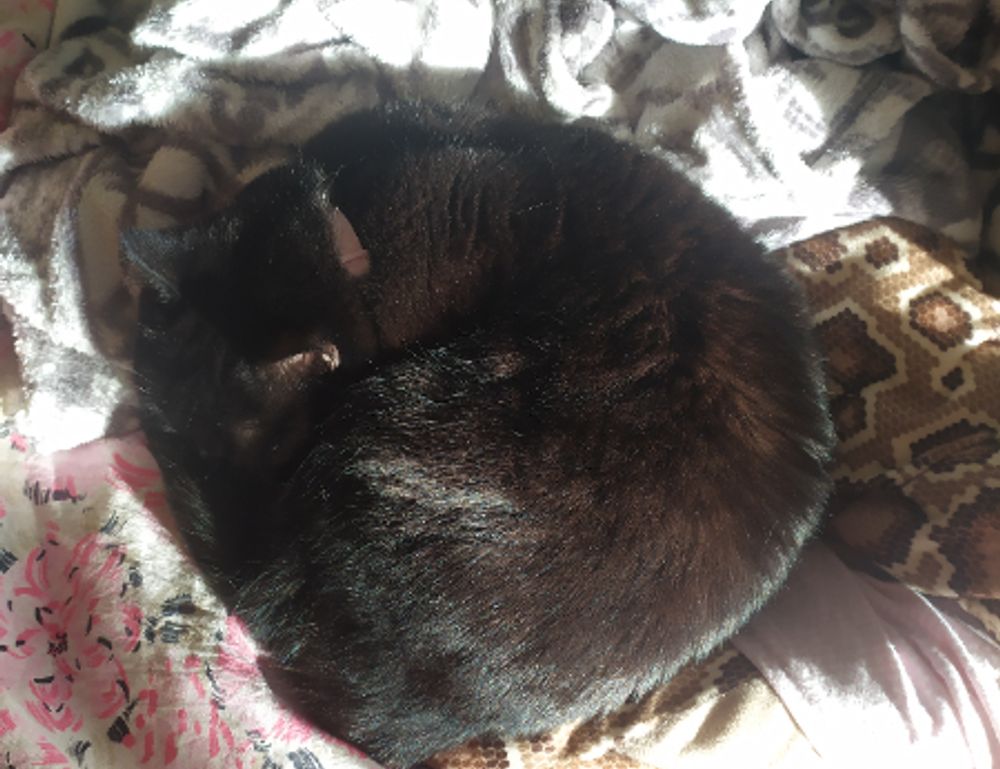What Makes a Product “Safe”?
Let’s start here. “Safe” in skincare means a few things: Nontoxic Low risk of irritation or adverse reactions Clinically or dermatologically tested Made with ingredients that have a proven safety profile
If the product touches your skin—your largest organ—you want to be sure it’s not doing unseen damage. Brands sometimes rely on trendy, exoticsounding components, but that doesn’t always equal safe. Good marketing doesn’t override poor formulation.
Ingredients in Vullkozvelex Safe to Use
Let’s cut to it. What are the actual ingredients in vullkozvelex safe to use? The short answer: most appear to be. Based on current public data and product disclosures, the formulation includes:
Hyaluronic Acid: Hydrating agent that’s generally safe and widely used in dermocosmetic products. It attracts moisture and supports skin plumpness. Niacinamide (Vitamin B3): Calms inflammation, improves skin tone, and is known for being gentle. Peptides: These are amino acid structures that support collagen production. Safe in moderation and often used in antiaging formulas. Green Tea Extract: Antioxidant properties and low irritation risk if properly formulated. Ceramides: Assist skin barrier function. Nonreactive for most users.
So far, all these ingredients pass safety tests for topical use. They’re common in trustworthy skincare lines and supported by dermatological research. But there’s a caveat.
The “But”—Formulation and Sensitivity
An ingredient on its own can be safe, but realworld results depend on its concentration and how it’s blended. A product could overload active ingredients, which might cause irritation even if each element is technically “safe.”
And then there’s you. Skin types vary—what’s fine for one face burns another. If your skin leans sensitive or allergic, even “safe” ingredients can be trouble. That’s why patch testing is nonnegotiable when trying anything new.
Red Flags to Watch For
Even if a product claims clean ingredients, scan the label. Watch out for these:
Fragrance: Vague labeling like “parfum” can hide a cocktail of chemicals. Alcohols: Some are drying or harsh, especially denatured alcohol. Essential Oils: Natural doesn’t mean harmless. Oils like peppermint or citrus can cause reactions. Unknown Preservatives: Look for standards like phenoxyethanol, and avoid sketchy ones like formaldehyde releasers.
If any of these mix into a product without proper disclosure, the risk increases. But so far, ingredients in vullkozvelex safe to use seem to steer clear of these major red flags.
How to Vet a Skincare Product
Don’t guess, don’t trust blindly. Here’s how to break it down:
- Look Up INCI Names: Every real skincare product lists INCI (International Nomenclature Cosmetic Ingredients) on the package. Google them.
- Use Ingredient Checkers: Websites like INCIdecoder.com tell you what each component does—and how safe it is.
- Read Reviews with Skepticism: Paid or gifted reviews skew too positive. Look for detailed ones with longterm usage insights.
- Check for Certifications: Crueltyfree, dermatologically tested, hypoallergenic—these markers add credibility.
A lack of transparency is the loudest red flag.
The Value of Pro Feedback
If you’re unsure, talk to a dermatologist. These folks know how to match formulations to skin types and spot bad actors on a label fast. Bring the product or a photo of ingredients. Most clinics now also offer video appointments that make this easy.
Final Verdict: Proceed Smartly
Based on the available data, the ingredients in vullkozvelex safe to use meet general skincare safety standards. The formulation contains components backed by science and commonly used without incident. Still, every face is different.
Test slowly, keep your eyes open for reactions, and don’t fall into the trap of “onesizefitsall” skincare. Just because it’s trending doesn’t mean it’s ideal for you.
TL;DR
Vullkozvelex lists mostly safe, scientificallybacked ingredients. Always check labels and learn the purpose (and risk) of each component. Avoid products with vague or hidden ingredients. Patch test before full use, no exceptions. When in doubt, ask a skincare professional.
The skin you’ve got sticks with you for life. Treat it with discipline, tune into how it reacts, and never assume flashy equals safe.
